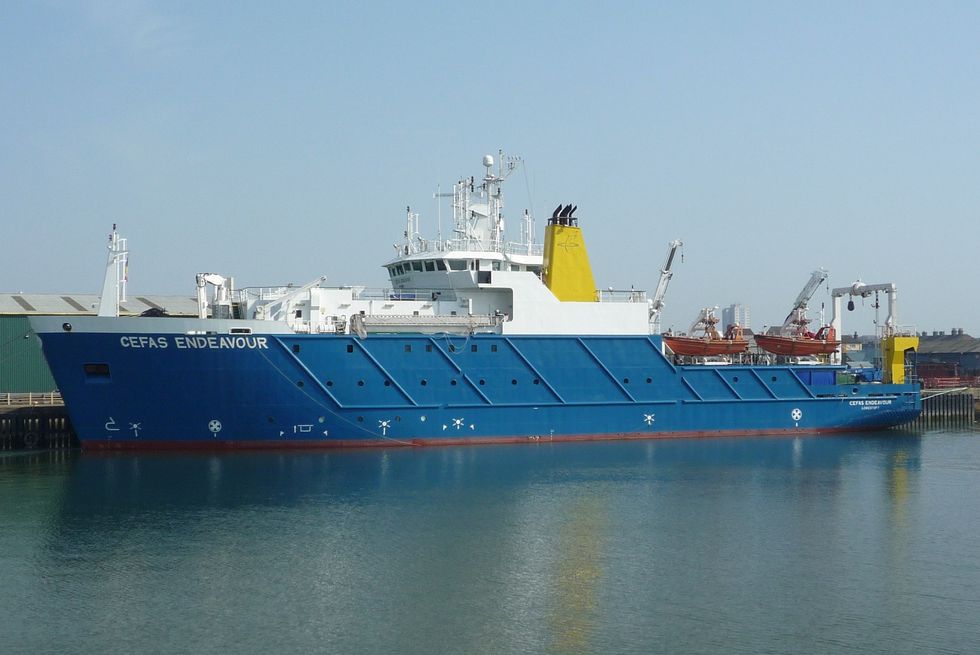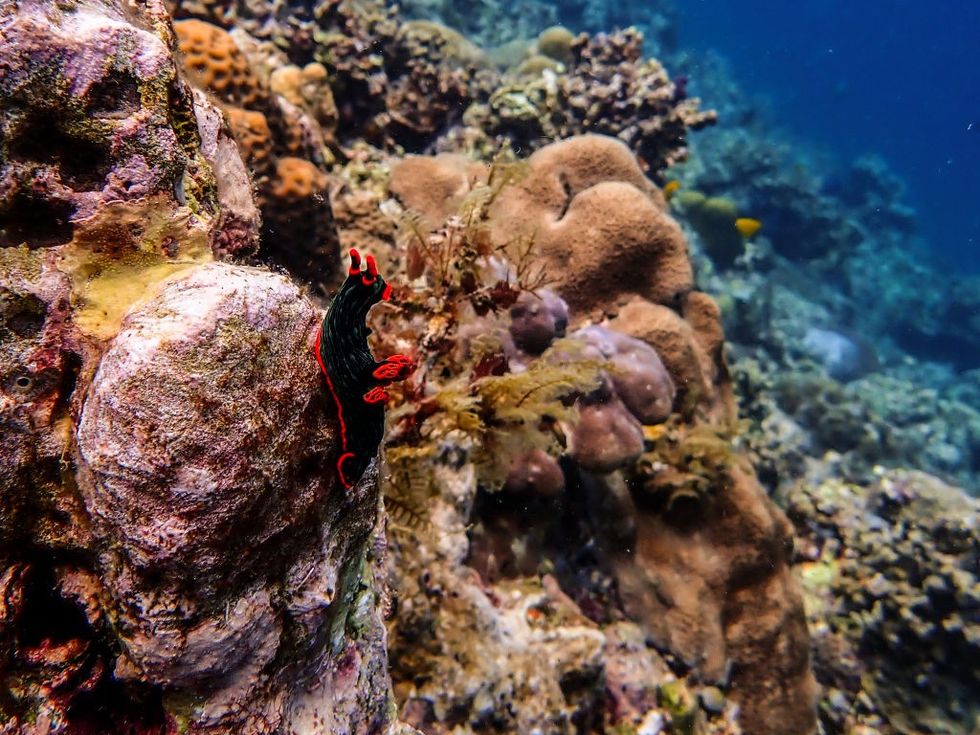The Pleurobranchaea britannica was spotted off the coast of Britain for the first time
ROSS BULLIMORE
Some scientists have attributed climate change for the creature's apperance
Don't Miss
Most Read
Trending on GB News
A mysterious sea creature has baffled scientists after being spotted in UK waters for the first time.
The creature, named Pleurobranchaea britannica, was caught off the south-west of England from a research ship.
The creature, similar to a sea slug, is part of a group of animals usually found in warmer waters.
Some scientists have said that rising sea temperatures could be causing the animals to migrate north.

CEFAS Endeavour was the ship that made the discovery
CEFAS
Ross Bullimore of the Centre for the Environment, Food and Aquaculture Science (CEFAS) made the discovery.
He told BBC News he knew instantly that he had found something special, saying: "It was like a light bulb going off."
Scientists said that the discovery shows that there are still mysteries about the ocean that have yet to be solved.
Peter Barry of CEFAS added: "To find a new species that's not microscopic is quite exciting. It shows that there's still work to be done."
LATEST DEVELOPMENTS

Sea slugs are known for their position near the top of their marine food chain
Getty
Members of the group to which the new species belongs, the Pleurobranchaea group, are usually found in northern Spain, Senegal and throughout the Mediterranean Sea.
Bullimore added: "We're seeing the presence of a species [belonging to a group] which has always previously been recorded in warmer waters.
"It could indicate that what you're observing is this group of species being able to expand its range further because conditions are becoming more favourable or more appropriate for it."
Despite their small size, sea slugs are a top predator in the food chain.
With the sea slug moving into more native waters, there has been some concern about potential disruption to fish stocks.
Often referred to as an "indicator species", they can also help scientists understand the health of marine ecosystems due to their sensitivity to the impacts of climate change and human pressures.








